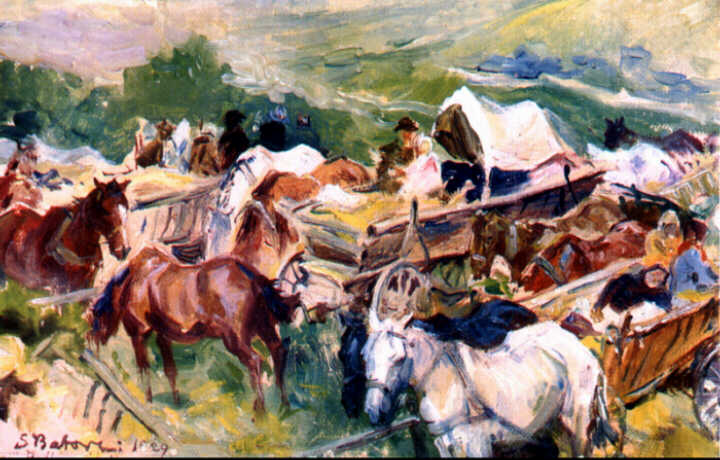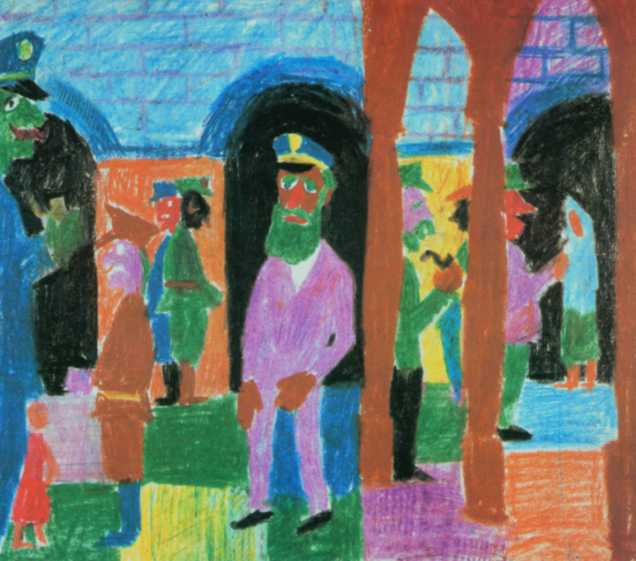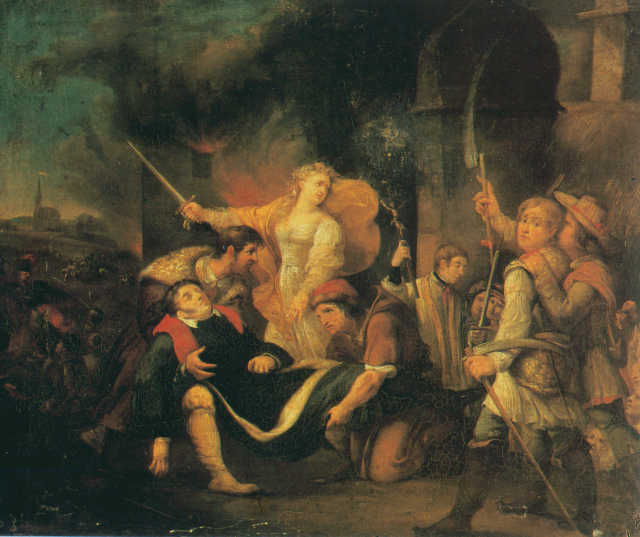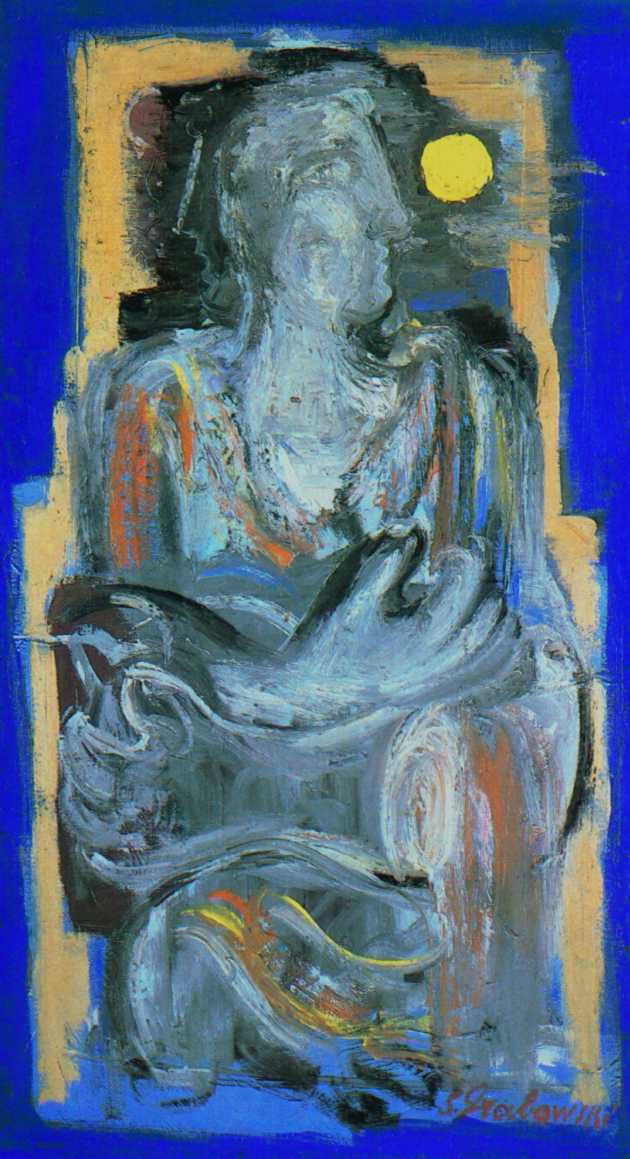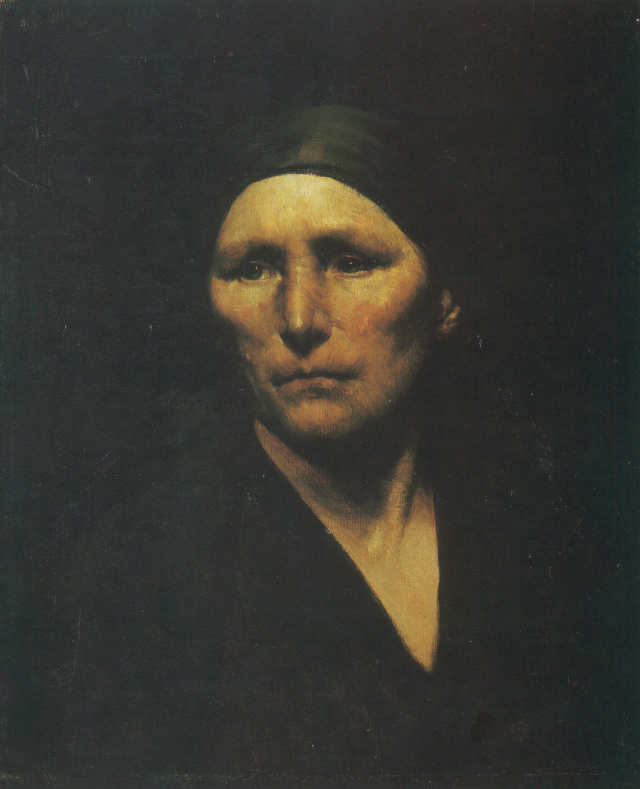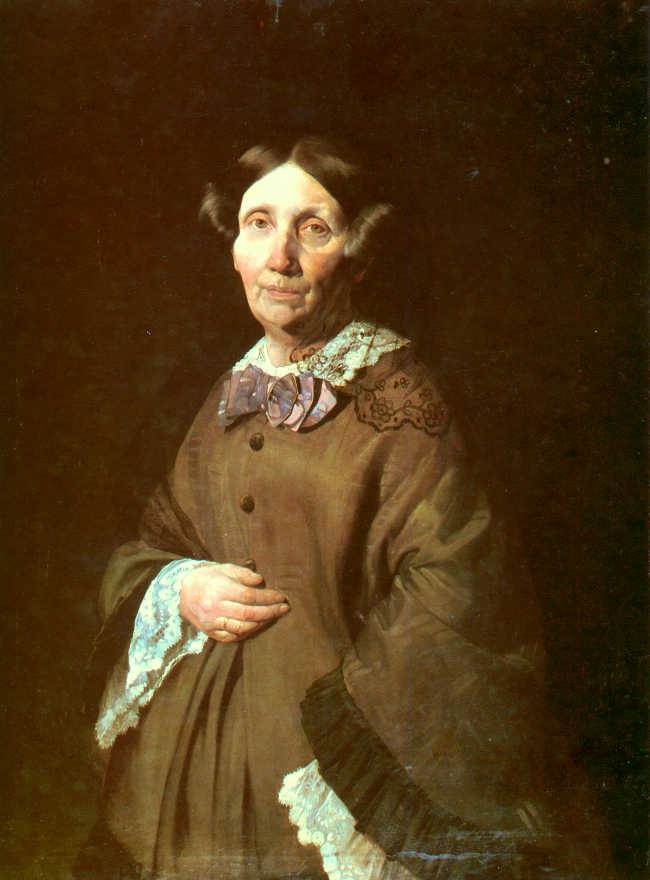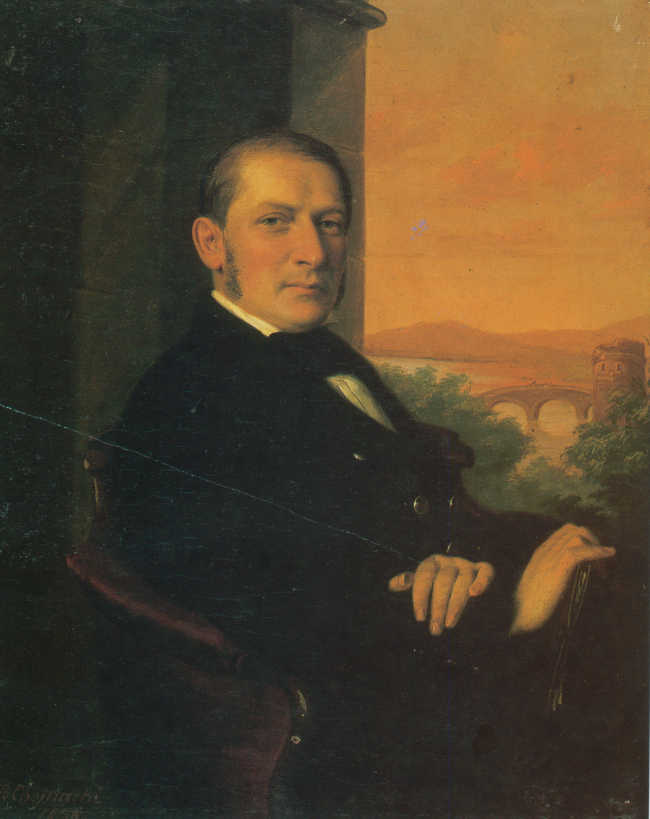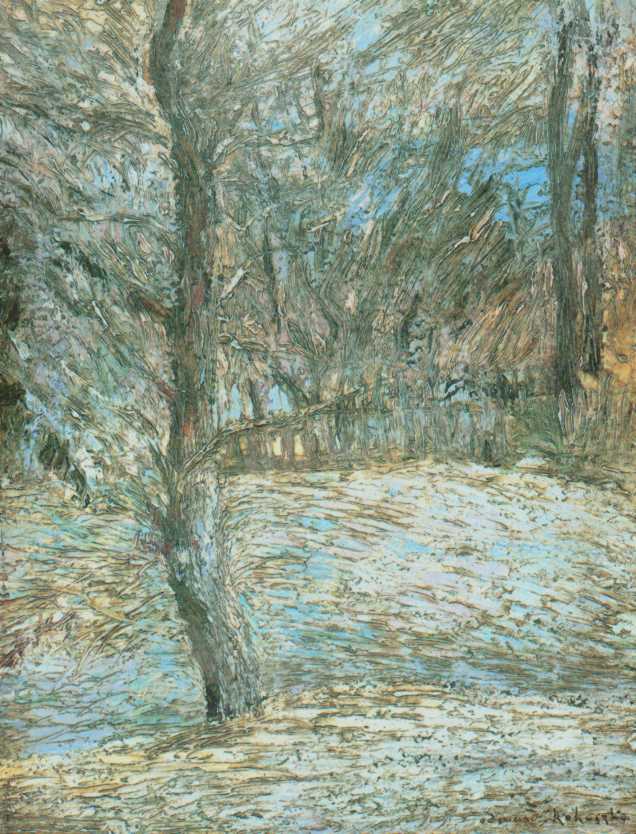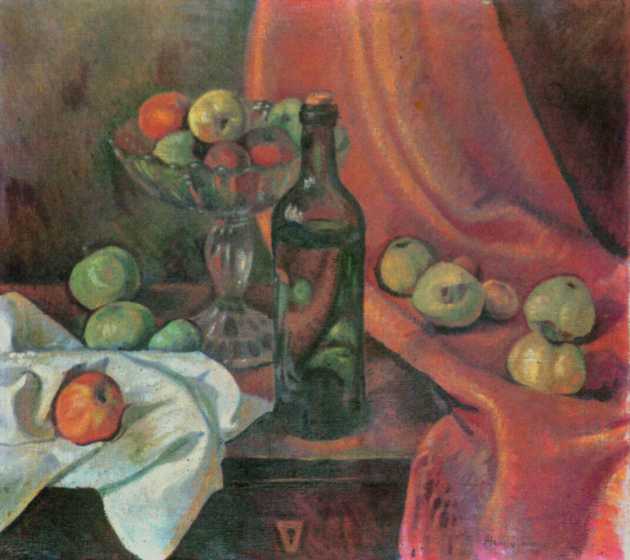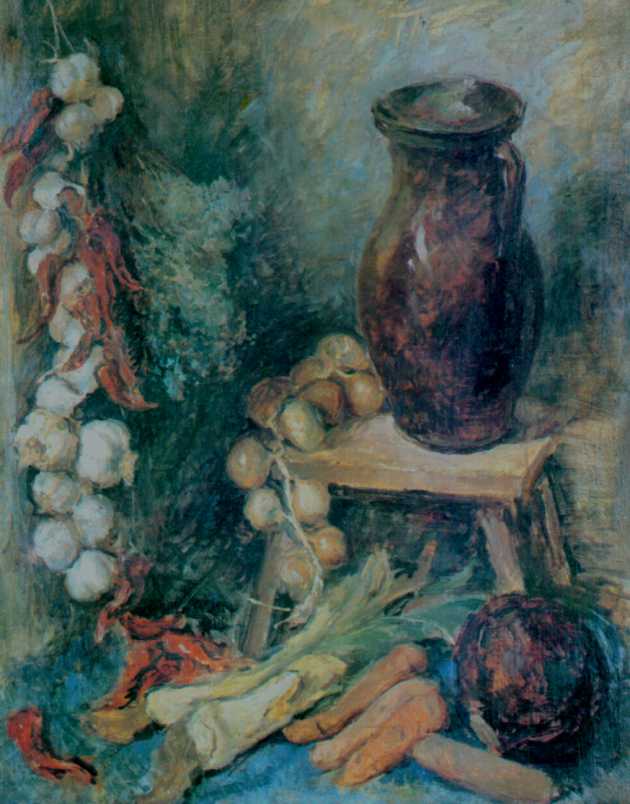Kaczor-Batowski Stanisław (ur. 1866 Lviv, zm. 1946 Lviv).
Stanisław Kaczor-Batowski studied at the School of Fine Arts in Kraków under the supervision of W.. Łuszczkiewicz and F.. Zinc, and then at the Academy of Vienna and Munich. He traveled to Italy, Spain, Maroka and Crimea. He permanently lived in Lviv, where in years 1903-1914 he ran his own painting school. He is known primarily as a battle fighter, creator of such canvases as Attack of the hussars at Chocim (Museum of the Polish Army in Warsaw), Pulaski near Savannach (The White House in Washington). He also painted landscapes, religious portraits and paintings. He made a series of cardboard boxes and illustrations for the novel by H.. Sienkiewicz and the works of J. Słowacki. He designed stained glass and wall paintings, m.in. for the theater in Lviv.
Stanisław Kaczor-Batowski studied at the School of Fine Arts in Kraków under the supervision of W.. Łuszczkiewicz and F.. Zinc, and then at the Academy of Vienna and Munich. He traveled to Italy, Spain, Maroka and Crimea. He permanently lived in Lviv, where in years 1903-1914 he ran his own painting school. He is known primarily as a battle fighter, creator of such canvases as Attack of the hussars at Chocim (Museum of the Polish Army in Warsaw), Pulaski near Savannach (The White House in Washington). He also painted landscapes, religious portraits and paintings. He made a series of cardboard boxes and illustrations for the novel by H.. Sienkiewicz and the works of J. Słowacki. He designed stained glass and wall paintings, m.in. for the theater in Lviv.
Fair
oil, canvas stuck to cardboard, 16,5 x 26 cm;
signed lower left: S Batowski 1929 | Stonestone;
from the AGRA-ART Auction House catalog;
oil, canvas stuck to cardboard, 16,5 x 26 cm;
signed lower left: S Batowski 1929 | Stonestone;
from the AGRA-ART Auction House catalog;
